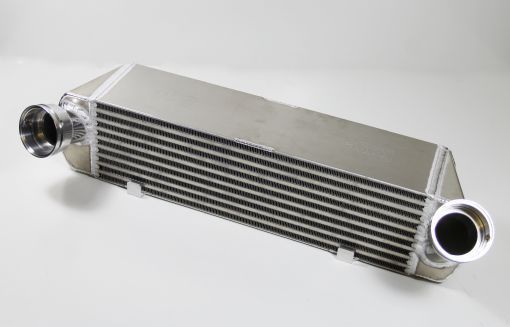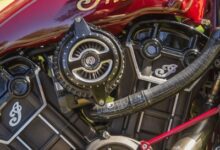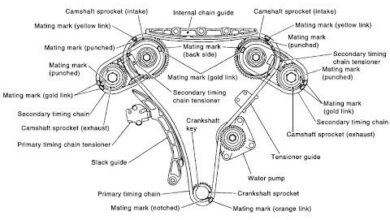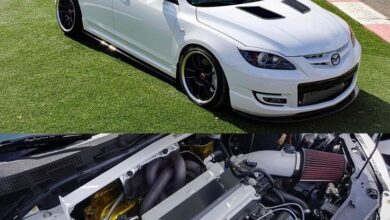
The BMW N55 engine, a twin-scroll turbocharged inline-six, has earned a reputation for its blend of refinement and performance. Found in models like the 3 Series, 5 Series, and X1, the N55’s versatility has made it a favorite among enthusiasts seeking to push its limits. For those looking to elevate their driving experience, aftermarket performance parts offer a gateway to increased horsepower, improved handling, and a more engaging drive. Here’s a breakdown of the most impactful upgrades for the N55.
1. ECU Tuning: The Foundation of Power
The first step for many enthusiasts is ECU (Engine Control Unit) tuning. Devices like the Cobb Accessport or Dinan tunes reprogram the engine’s parameters, optimizing fuel delivery, ignition timing, and boost pressure. This can unlock significant gains—often adding 50+ horsepower and 70+ lb-ft of torque—without physical modifications. Tunes are customizable, catering to stock or heavily modified setups, and often include features like launch control and rev limiters.
2. Intake and Exhaust Systems: Breathing Easier
Upgrading the intake system allows more air into the engine, enhancing throttle response and power. Brands like Injen and AFE offer cold-air intakes that replace restrictive stock components, while high-flow filters improve airflow. Pairing this with an aftermarket exhaust system—such as cat-back or axle-back setups from Akrapovič or MBRP—reduces backpressure, amplifies the engine’s soundtrack, and can add a few extra horsepower.
3. Downpipe: Turbo Efficiency Unleashed
The downpipe, which channels exhaust gases away from the turbo, is a critical upgrade. Stock downpipes often include restrictive catalytic converters. Upgrading to a high-flow, catless or catted downpipe (e.g., from Unitronic or Cobb) reduces turbo lag, improves spool time, and can boost power by up to 20 horsepower. This modification is especially impactful when combined with an ECU tune.
4. Intercooler Upgrades: Combatting Heat Soak
The N55’s stock intercooler can struggle with heat soak during prolonged use, such as on track days or spirited drives. Upgraded front-mount or bar-and-plate intercoolers from brands like Wagner or Cairott provide superior cooling capacity, ensuring consistent power output even under heavy load.
5. Transmission and Drivetrain: Handling the Power
For automatic transmissions, upgraded torque converters or clutch packs (e.g., from Sachs or ZF) improve shift firmness and durability. Manual drivers might opt for a lightweight flywheel for quicker revs. A transmission cooler is also wise for those tracking their car or driving in hot climates.
6. Suspension and Handling: Sharpening the Edge
To balance the increased power, suspension upgrades are essential. Lowering springs (Eibach, H&R) or coilovers (KW V3) reduce ride height and body roll, enhancing grip and agility. Upgraded sway bars and polyurethane bushings further improve chassis rigidity and responsiveness.
7. Cooling Systems: Staying Cool Under Pressure
Additional cooling solutions, such as upgraded radiators, oil coolers, or brake cooling kits, help manage the heat generated by increased performance. These are particularly beneficial for track-focused builds.
Strategic Upgrades for Maximum Impact
When modifying the N55, a strategic approach yields the best results. Start with ECU tuning and bolt-on upgrades like intake, exhaust, and downpipe, which offer significant gains with minimal complexity. As power levels rise, consider intercooler, transmission, and suspension upgrades to ensure reliability and handling match the engine’s output. Remember, combining parts synergistically—such as pairing a tune with intake and exhaust—maximizes performance. Always consult with professionals for installation, especially for complex modifications, and consider fuel octane requirements and warranty implications. With the right upgrades, the N55 can transform from a refined daily driver to a track-ready beast, embodying the essence of BMW’s performance heritage.





